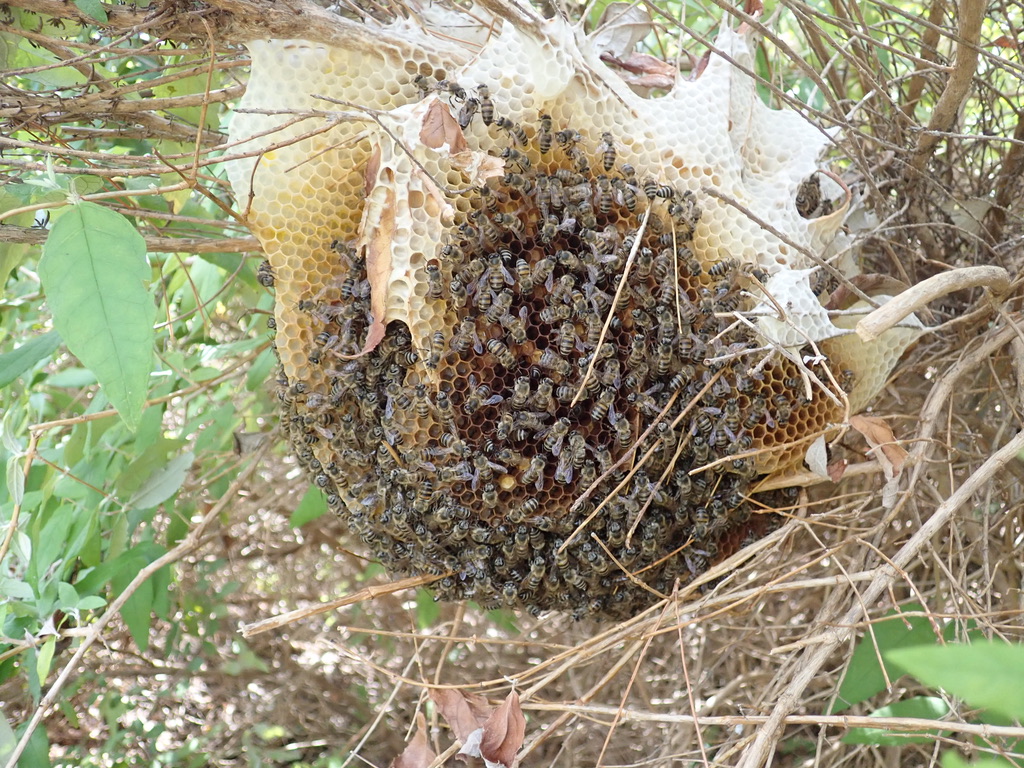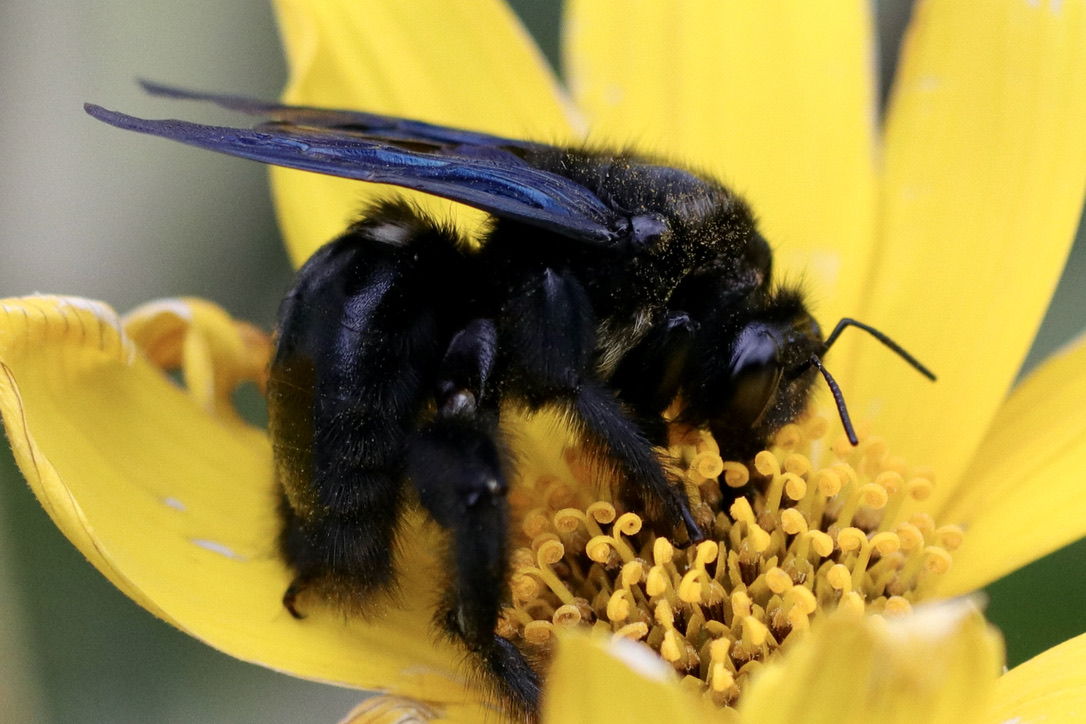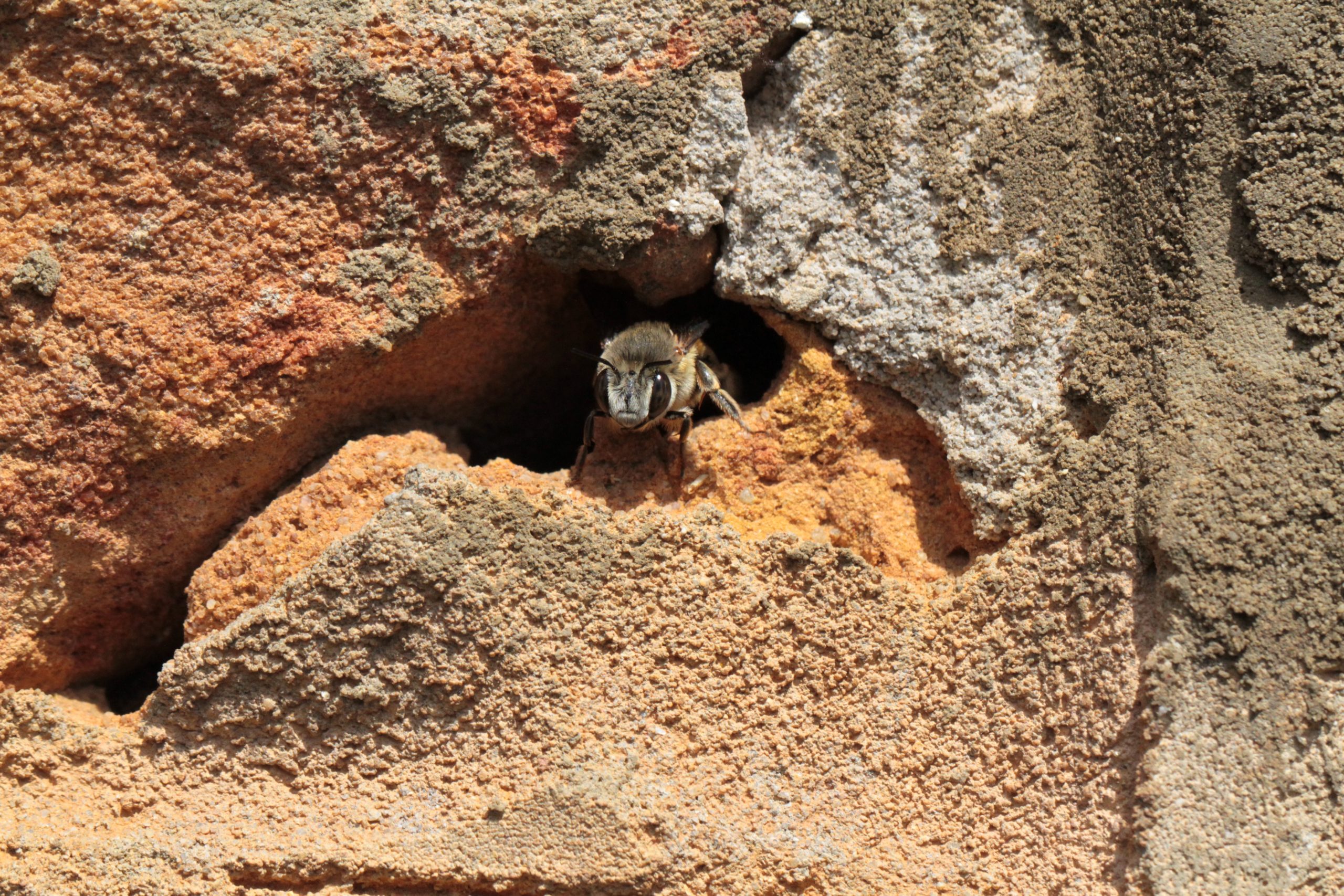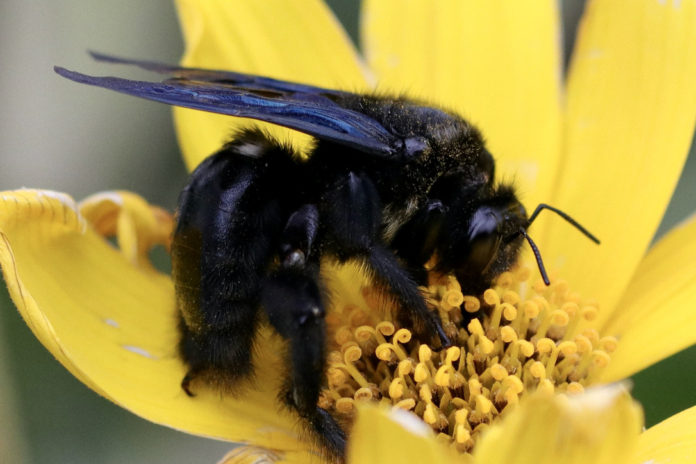By Mary Mwendwa
Nairobi, Kenya: Bees are the most important pollinators and on this World Bee Day we have much to celebrate here in Africa. In Africa, we live in one of the most species-rich, diverse, and most beautiful continents on the planet.
Our lives are still intricately connected to nature, from the food we eat to the water we drink to the air we breathe, to the soil in which we plant our food, and to the sheer spiritual solace, we can find in nature.
These natural processes are intimately linked to pollinators; those insects, birds, butterflies, beetles, rodents, and even lizards which are abundant in our biologically diverse landscapes.
Bee conservation saves more than wild honeybees.
If the wild bees go extinct in Africa, so do the fauna and flora, in fact, whole ecosystems are dependent on the role of the wild bees.

On Thursday, May 20th, World Bee Day 2021, let’s recognize the importance of protecting all of our wild bees. They directly impact our human well-being, our nutrition, and the life support systems of our environments. Africa is rich with such diversity and such health.
Go out with wonderment on that day, and look for Africa’s wild bees, whether in your gardens or towns, villages, farms, or wild spaces. Bees are beautiful and fascinating to study, each with their own character and unique behaviors.
Bee-watch likes others bird-watch. Look for patterns in their behavior and maybe they will reveal something extraordinary to you; they might reveal some of their secrets. We know so little about these crucial pollinators. There is so much to discover.
The new African Wild Bee Institute is sponsoring a citizen science project across Africa to collect information about bees … the bees in your neighborhood. Who knows, there may be a new species or a surprising fact about bees that you could discover.
They challenge everyone to take pictures of as many bees as they can and send them to the African Wild Bee Institute research team. They are looking for a “Hero”s who send a picture that surprises or delights! Do send your own name and photo too, and they will post you and your picture on their Facebook page.
You may email a picture or a story about bees to africanwildbees@gmail.com or send a WhatsApp to +27 66 467 5539, or contact AWBI through their Facebook page https://www.facebook.com/African-Wild-Bee-Institute-106428011613042.
More about African wild bees
Unlike most of the rest of the world, in Africa, we still have truly wild spaces. These range from woodland areas to natural hedgerows, our forests, grasslands, arid areas, and the many diverse patches of unique and rare wildflowers.
Within these areas, we have a diversity of wild bees. From leafcutter bees to ground-nesting bees like the tiny metallic halictid bees, bees nesting in abandoned snail shells, carpenter bees making their cavities in wood, longhorn bees with their long antennae, bees using masticated leaves and quartz grains in resinous structures as nests, stingless bees with their little pots of energy, to wild honeybees.

Not bees in boxes or log hives or any other human-made structure. Unlike the rest of the world, here in Africa we still have indigenous honeybees living in the wild and in their totally natural habitats.
These natural habitats are the strength of Africa’s wild honeybees. Natural habitats are thriving ecosystems in which the honeybees are the ecosystem engineers, modifying environments to make these inhabitable for numerous other creatures and therefore contributing to bio-intensity in remarkable ways.
An example of this is how honeybees choose nesting sites in cavities under a rock or in rock crevices in fire-prone regions. Through these carefully chosen nest sites and through their abundant use of propolis as walls, which is mostly made up of plant resins, wax, and sand particles, bees are able to provide safe shelter for an array of microfauna.
For example, research in Cape Point at the tip of Africa, found out that pseudoscorpions, spiders, beetles, earwigs, flies, wax-moth, ants, wasps, and lizards, all sharing the nest site.
Many of these creatures coexist in a mutually beneficial way.
Whether their nests are under a rock, or in tree cavities, or underbrush, this is the natural habitat of wild honeybees. It is this diverse habitat with these complex interactions that have helped Africa’s wild bees to remain resilient.
It is within these wild habitats that honeybees have continually adapted through natural selection and genetic strength to changes in their environments, and adapted and evolved to changes in climate.
They are able to deal with pathogens and mites without human interference.
When one sees how different the worlds of wild honeybees are to hived honeybees – and hived bees were once wild – and how we as humans have so fundamentally contributed to the demise of honeybees by taking bees out of their wild and natural habitat and putting them in boxes and managing them, then it is easy to see why we have to protect bees in their natural habitat, and preserve and grow these natural spaces.
With every box or human-made structure that we put bees into, we are repeating the same mistakes of continents like Europe, which has lost most of its wild and indigenous bee species. “Saving the bee” projects are often about putting bees into hives, and taking and selling the bees’ honey, which is the bees’ food full of their diverse gut bacteria and microbes.
Their honey is their health; it is their vitality and their immunity. Very little of the honey harvest remains in local communities. Honey is taken out of Africa to European and overseas markets where it is sold as “wild” or “organic” honey for a huge profit.
Then the boxes are moved around as pollination units proclaiming to “save biodiversity” in surrounding forests and woodlands. Hived and managed honey bees are dying at alarming rates as a result of pesticides, diseases, lack of food variety, varroa mites, and other stressors.
Taking honeybees out of the wild and putting them in other structures is causing their habitat loss. We all know that habitat loss leads to species being deprived of their natural home.
Habitat loss also destabilizes the world’s ecosystems by disrupting the complex interactions between the mutually dependent organisms that coexist there. As such, habitat loss represents arguably the greatest threat to biodiversity. It also represents the greatest threat to honeybees.

Photo/African wild Bee Institute
Honeybees are a keystone species. Taking them out of the wild, out of this web of interconnections, or destroying their habitat through pesticides and change of land use, represents a great threat to total biodiversity in Africa.
Mary Mwendwa is a journalist based in Nairobi, Kenya.














